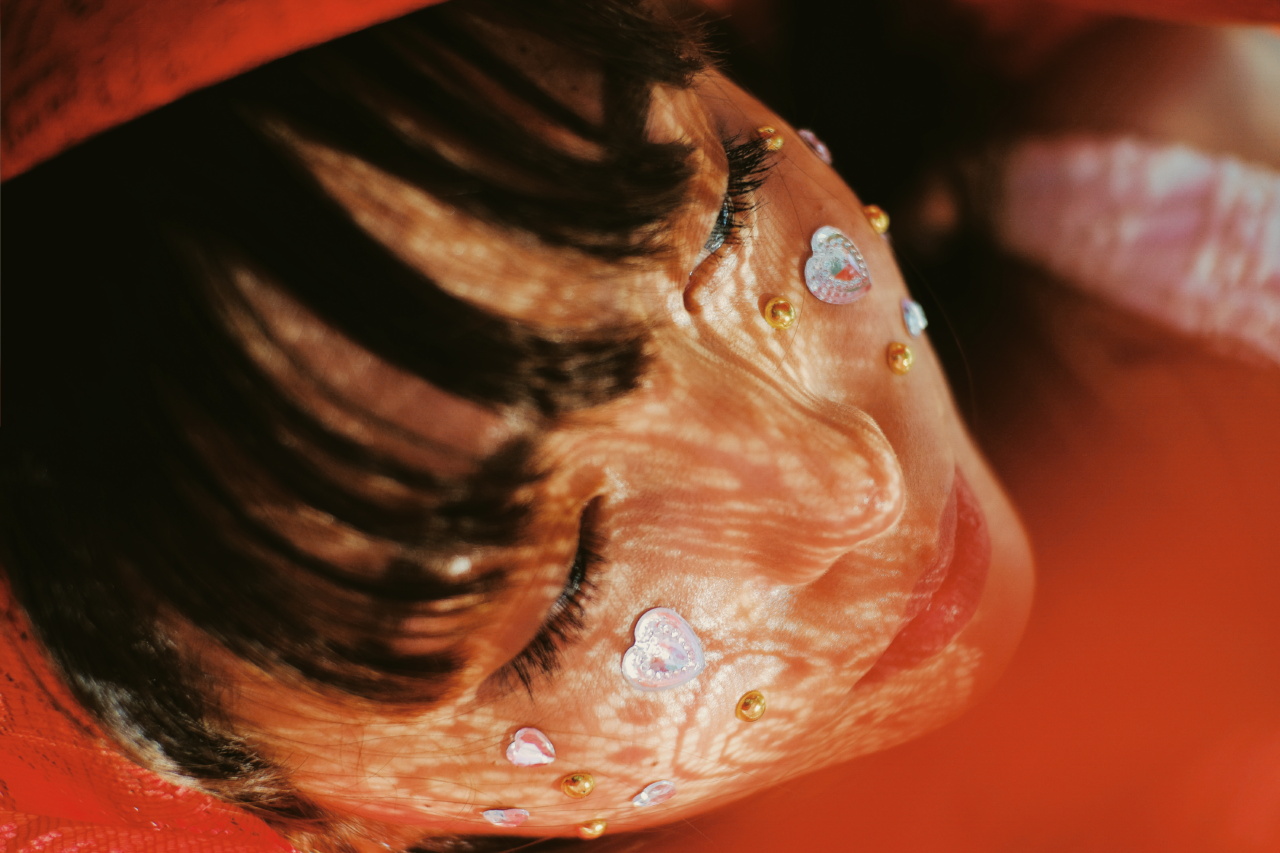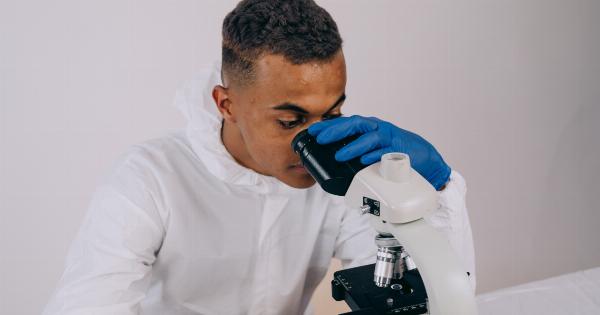Transplanting animal organs into humans has been a topic of fascination and debate for decades.
While the concept of pig-to-human heart transplants may sound like science fiction, recent advancements in medical research have brought this possibility closer to reality. This article explores the potential of transplanting pig hearts into humans and discusses the scientific and ethical considerations surrounding this procedure.
The Need for Organ Transplants
Organ transplantation is a life-saving procedure for individuals suffering from end-stage organ failure.
However, the demand for organs far exceeds the available supply, leading to long waiting lists and countless deaths while waiting for a suitable donor. According to the World Health Organization, approximately 114,000 organs were transplanted globally in 2019, while the estimated need was over 1.6 million. This staggering deficit highlights the urgency for exploring alternative sources of organs.
Pig-to-Human Organ Transplants: Xenotransplantation
Xenotransplantation is the transplantation of organs or tissues from one species to another. Pigs have often been considered as potential donors due to their physiological similarities to humans.
Their organs are similar in size and function, and they can be bred in large numbers. Pig hearts, in particular, have been the focus of research in the field of xenotransplantation.
The Challenges of Pig-to-Human Transplants
While the idea of using pig hearts for human transplantation seems promising, several challenges must be addressed before it becomes a reality:.
1. Immunological Barriers
The human immune system poses a significant barrier to xenotransplantation. When a foreign organ is transplanted, the recipient’s immune system recognizes it as foreign and mounts an immune response to reject it.
Pigs and humans have different blood types, surface proteins, and immune systems, leading to a heightened risk of rejection.
2. Risk of Infectious Diseases
Pigs carry numerous viruses and bacteria that can be harmful to humans. One such virus is porcine endogenous retrovirus (PERV), which is integrated into the pig’s genome.
There is a potential risk of PERV transmission from transplanted pig organs to human recipients. Extensive research is underway to mitigate this risk and develop effective screening methods.
3. Physiological Differences
Although pig hearts are structurally similar to human hearts, there are physiological differences that must be considered. These differences include heart rate, blood pressure regulation, and response to medications.
Researchers are studying the impact of these differences on the long-term viability and function of transplanted pig hearts.
The Promise of Genetic Engineering
Genetic engineering holds great promise in overcoming many of the barriers associated with pig-to-human heart transplants.
By using techniques like CRISPR-Cas9, scientists can modify the pig’s genome to eliminate or reduce the risk of rejection and viral transmission. Genetic modifications can also be made to enhance compatibility with the human immune system and improve overall organ function.
Ethical Considerations
The transplantation of pig hearts into humans raises several ethical concerns that cannot be ignored:.
1. Animal Welfare
Using pigs as organ donors raises questions about the ethical treatment and welfare of these animals. It is vital to ensure that pigs bred for xenotransplantation are kept in humane conditions and are not subject to unnecessary suffering.
2. Informed Consent
Obtaining informed consent from human recipients is crucial but complex.
Due to the experimental nature of pig-to-human transplants, recipients must be provided with comprehensive information about the risks, benefits, and long-term implications of the procedure.
3. Public Perception and Acceptance
The success of pig-to-human heart transplants depends on public perception and acceptance. Building trust and addressing concerns about safety, infectious diseases, and animal welfare are essential to gain public support for such procedures.
The Path Ahead
Although transplanting pig hearts into humans is a realistic possibility, several critical steps must be taken before it can be widely practiced:.
1. Further Research and Development
Extensive research is needed to refine xenotransplantation techniques, improve immunosuppression treatments, and ensure long-term viability of transplanted organs.
Collaboration between scientists, medical professionals, and regulatory authorities is essential for progress in this field.
2. Stricter Regulation
Given the ethical concerns and potential risks, strict regulations must be in place before pig-to-human heart transplants can proceed. Regulatory bodies need to establish guidelines for genetic engineering, animal welfare, and patient safety.
3. Public Education
Raising awareness and providing accurate information to the public is crucial for the acceptance of pig-to-human heart transplants.
Educating the public about the benefits, risks, and ethical considerations involved will foster a better understanding and informed decision-making.
Conclusion
Transplanting pig hearts into humans is no longer purely speculative. Advancements in genetic engineering, immunosuppression techniques, and ongoing research have brought this possibility closer to becoming a reality.
However, numerous scientific, ethical, and regulatory challenges need to be addressed before pig-to-human heart transplants can be safely and widely practiced. With continued research, collaboration, and public education, xenotransplantation may emerge as a viable solution to the organ shortage crisis.






























